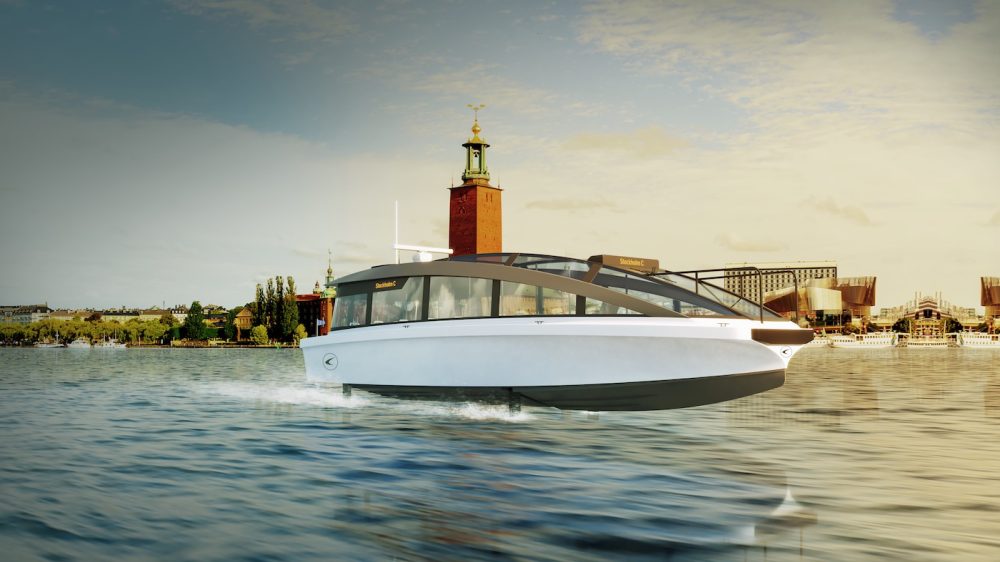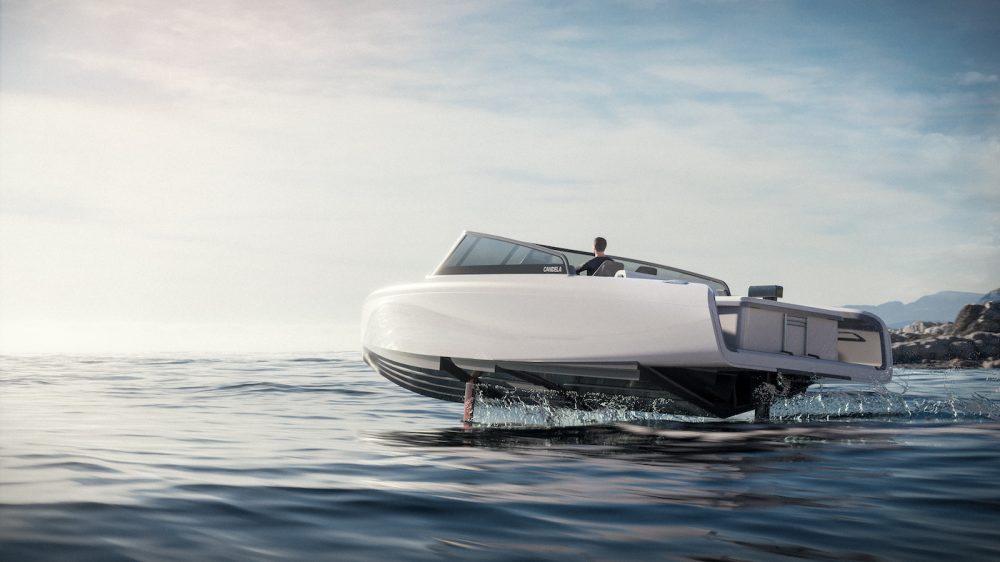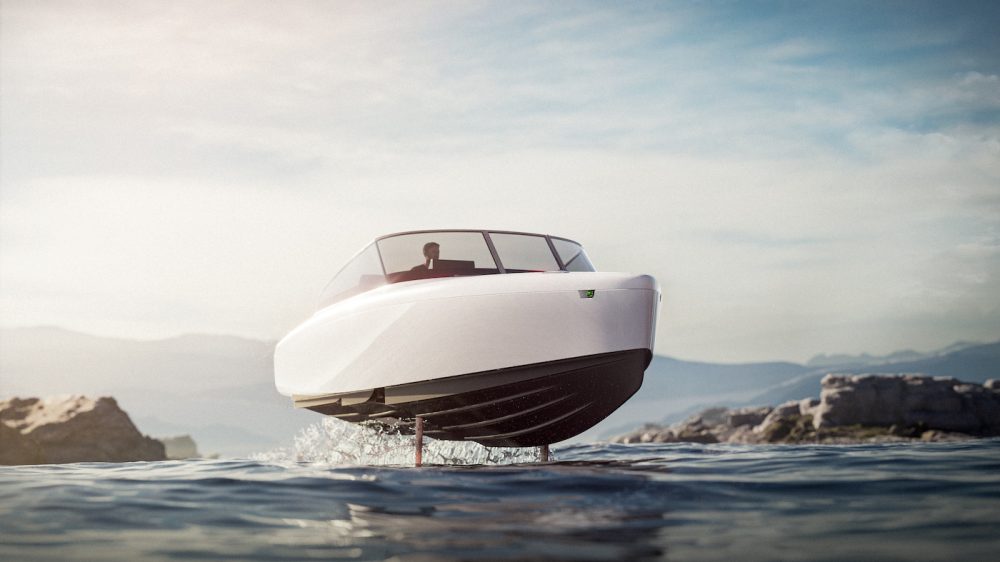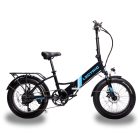
It’s only been a few months since Stockholm-based Candela announced plans for its mass-produced C8 electric hydrofoil boat, but production planning is moving full steam ahead. And now, things may begin moving into overdrive thanks to a large new funding round that will see €24 million added to the company’s war chest.
It’s the largest funding round ever completed by a European boat maker, gas-powered or electric.
The new funding round was led by EQT Ventures and saw participation from existing investor Chris Anderson, the Curator of TED.
According to the company, the additional funding will be used to triple Candela’s fast-growing R&D team, invest in production automation, and scale up the production of its electric vessels.
Candela plans to build the “world’s most automated boat factory” in north Stockholm, which will be capable of producing 400 Candela C-8 boats per year, as well as a number of Candela’s larger P-30 passenger ferries.
The funding round helps boost the already considerable cash flow generated by sales of the upcoming Candela C-8 boat, which is outselling gas-powered Scandinavian boats in its class.

Unlike most electric boats (or gas-powered boats, for that matter), Candela’s boats ride on underwater wings known as hydrofoils. They lift the boat out of the water and help reduce its energy usage by around 80% compared to planing boats.
While those efficiency gains can be nice for conventional boats, they are game-changers for electric boats that have long been hampered by the need to load up on large and expensive batteries to obtain a reasonable electric range.
With Candela’s computer-controlled hydrofoil system, the boats can operate for an afternoon on the water while still remaining cost-competitive with other premium watercraft.
The boats are also more comfortable to use, as they soar above the waves instead of crashing and bouncing against them.
I recently had the chance to test pilot one of Candela’s existing C-7 electric hydrofoil boats in the waterways around Stockholm, and the experience showed me that flying boats are the way to go for electric watercraft. You can check out my fun-filled electric boating day in the video below.
That Candela C-7 has helped the company lead the electric boat market in Europe for years.
It has also been critical for the development process of Candela’s more recent technology, such as the new C-POD drive system.
The updated hydrofoil drive uses enclosed electric motors that counterrotate to provide thrust and take advantage of their submersion for water cooling and increased efficiency.
Additionally, the C-Pod was built to have an “almost unlimited lifetime,” thanks to the design’s long maintenance interval of 3,000 hours and lack of oil changes or other major upkeep. For a typical recreational user, that results in years of use without maintenance. Or, as Candela CEO Gustav Hasselskog put it:
For the average leisure boat user, this means you can just use the motor and forget about the usual hassle with service and winterization. The C-Pod will outlast you and probably your kids as well.
Candela didn’t just design the C-Pod to be an improvement over gasoline and diesel-powered outboard motors – the company also designed it to leapfrog traditional electric-powered outboard motors.
Fossil-fuel-powered boat motors are notoriously loud, but even electric outboard motors have an audible gear whine that comes from linkage transferring power to a submerged propeller. Candela’s C-Pod is essentially silent because it lacks gearing or other linkages, and the entire unit is submerged under the water.
Several electric boats under development
While the Candela C-8 gets most of the attention, Candela’s other commercial electric boats could have an even bigger impact on the electric watercraft industry due to their expected high use.
The upcoming Candela P-30 ferry, which will be the world’s first electric hydrofoil passenger vessel, has already been commissioned by the Region of Stockholm, where it is set to commence traffic in 2023.
According to Candela, the P-30 ferry in Stockholm will shuttle passengers around the city’s vast archipelago. The P-30’s energy-saving hydrofoil system should help reduce operational costs by 42% compared to current diesel vessels, as well as allow for faster travel and more frequent departures.
The Candela P-12 water taxi will be a smaller format electric boat, but could be just as useful for quick and efficient trips around waterways.

FTC: We use income earning auto affiliate links. More.







Comments